Twelve-year-old Trevor Firestone loves playing war-based video games and he idolizes his great-grandfather Jacob who came home from World War II a celebrated hero; now ninety-three Jacob wants to retrace his journey in memory and reality and return to the small French village that his unit liberated, and Trevor is going with him–but not everyone in the town want Jacob to come, and Trevor is going to learn an important lesson: real war is not a video game, and valor and heroism can be very murky concepts.
Soldiers and the military
King Shaka
Shaka has fought his brother to the death for rulership of the Zulu. Now king of the southern chiefdoms, Shaka seeks to uplift his people, consolidate alliances, and expand the reach of his power. But challenges both external and internal threaten his rule. A rogue military unit exacts revenge on its enemies. Land-hungry Europeans arrive and ingratiate themselves with Shaka, even while plotting their own path to power. And closer to home, Shaka’s own brothers conspire in secret.
Secret Soldiers
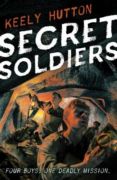
In 1917, Thomas, a thirteen-year-old coal miner seeking his missing brother, James, joins the Claykickers, who tunnel beneath the battlefields of the Western Front as they learn to be men.
Voices From The Second World War
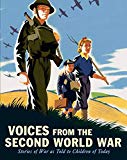
The Second World War was the most devastating war in history, resulting in up to eighty million deaths and causing the map of the world to be redrawn. Now, more than seventy years after peace was declared, a variety of people who lived through the war share their memories with children so that their experiences will never be forgotten. In this compelling collection, pilots, evacuees, resistance fighters, and navy sailors, as well as survivors of the Holocaust, prisoners-of-war camps, and the Hiroshima bombing, tell their stories, passing on their personal recollections of historical events to a new generation. The stories in Voices from the Second World War were collected by children from all over the world who met with people who wanted to share experiences from the war. These stories, which take place from the outbreak of war to the Hiroshima bombing, capture the spirit and courage of a generation of people affected by World War II.
Grenade
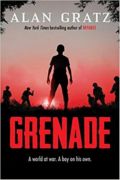
On April 1, 1945 with the battle of Okinawa beginning, fourteen-year-old native Okinawan Hideki, drafted into the Blood and Iron Student Corps, is handed two grenades and told to go kill American soldiers; small for his age Hideki does not really want to kill anyone, he just wants to find his family, and his struggle across the island will finally bring him face-to-face with Ray, a marine in his very first battle and the choice he makes then will change his life forever.
Featured in WOW Review Volume XI, Issue 2.
A Picture Book of Simon Bolivar (Picture Book Biography)

A brief biography of South America’s great soldier and patriot who led many countries out from under Spanish dominance.
Captain
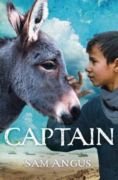
It’s 1915 and British troops are about to sail to Gallipoli. Billy is the youngest soldier in his platoon and is teased for not being old enough to drink or shave. The truth is, at fifteen he’s not old enough to be a soldier, either, and he’s terrified of the war he’s about to fight. Then he meets Captain, a refugee boy, and his donkey, Hey-ho. Together they teach Billy what it means to be brave, loyal, and fearless, and above all what it means to be a friend. Sam Angus pulls at heartstrings in this stirring wartime friendship story.
Soldier Boy
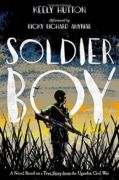
A novel based on the life of Ricky Richard Anywar, who at age fourteen was forced to fight as a soldier in the guerrilla army of notorious Ugandan warlord Joseph Kony.
Code Talker: A Novel About The Navajo Marines Of World War Two
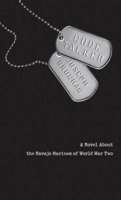
After being taught in a boarding school run by whites that Navajo is a useless language, Ned Begay and other Navajo men are recruited by the Marines to become Code Talkers, sending messages during World War II in their native tongue.
The Photographer: Into War-Torn Afghanistan With Doctors Without Borders
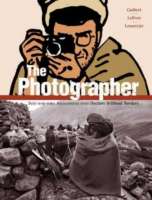
In 1986, Afghanistan was torn apart by a war with the Soviet Union. This graphic novel/photo-journal is a record of one reporter’s arduous and dangerous journey through Afghanistan, accompanying the Doctors Without Borders. Didier Lefevre’s photography, paired with the art of Emmanuel Guibert, tells the powerful story of a mission undertaken by men and women dedicated to mending the wounds of war. Didier Lefevre was a French photojournalist who traveled the world extensively, often reporting from the most remote and harrowing situations imaginable. At the end of July 1986, Didier Lefevre left Paris for Afghanistan. He barely returned to tell the tale. It was his first major assignment as a photojournalist, documenting a Doctors Without Borders mission. Camera in hand, the traveled with a band of doctors and nurses into the heart of Northern Afghanistan, where the war between the Soviet Union and the Afghan Mujahideen was raging. The mission affected Lefevre as profoundly as the war affected contemporary history. His photographs, paired with the art of Emmanuel Guibert, tell the story of an arduous journey undertaken by men and women intent on mending what others destroyed.
